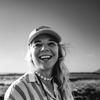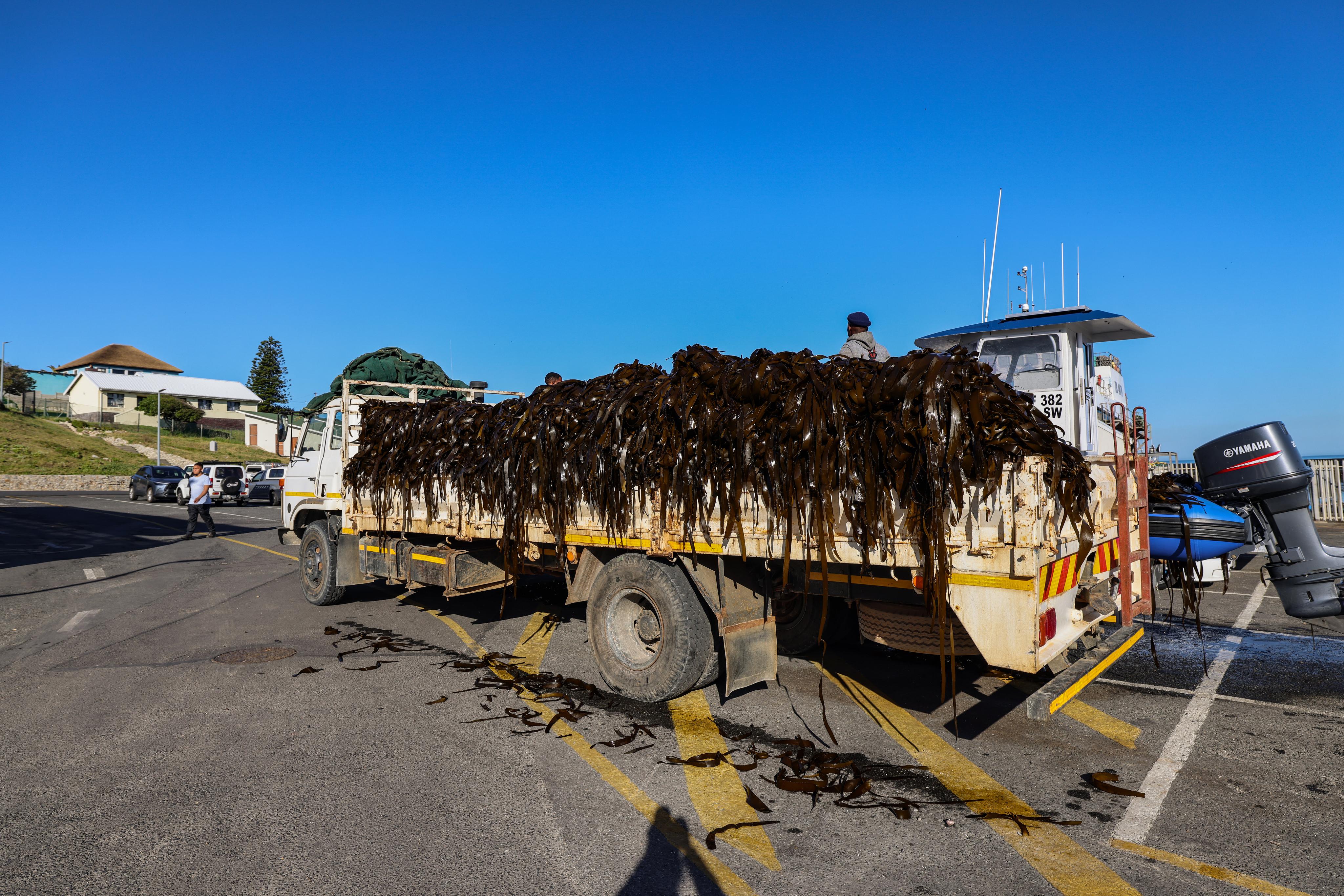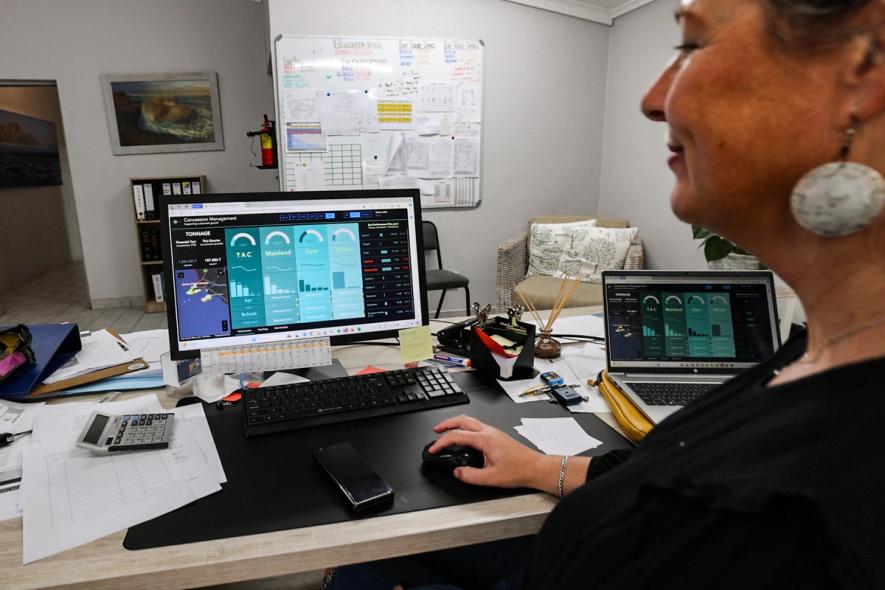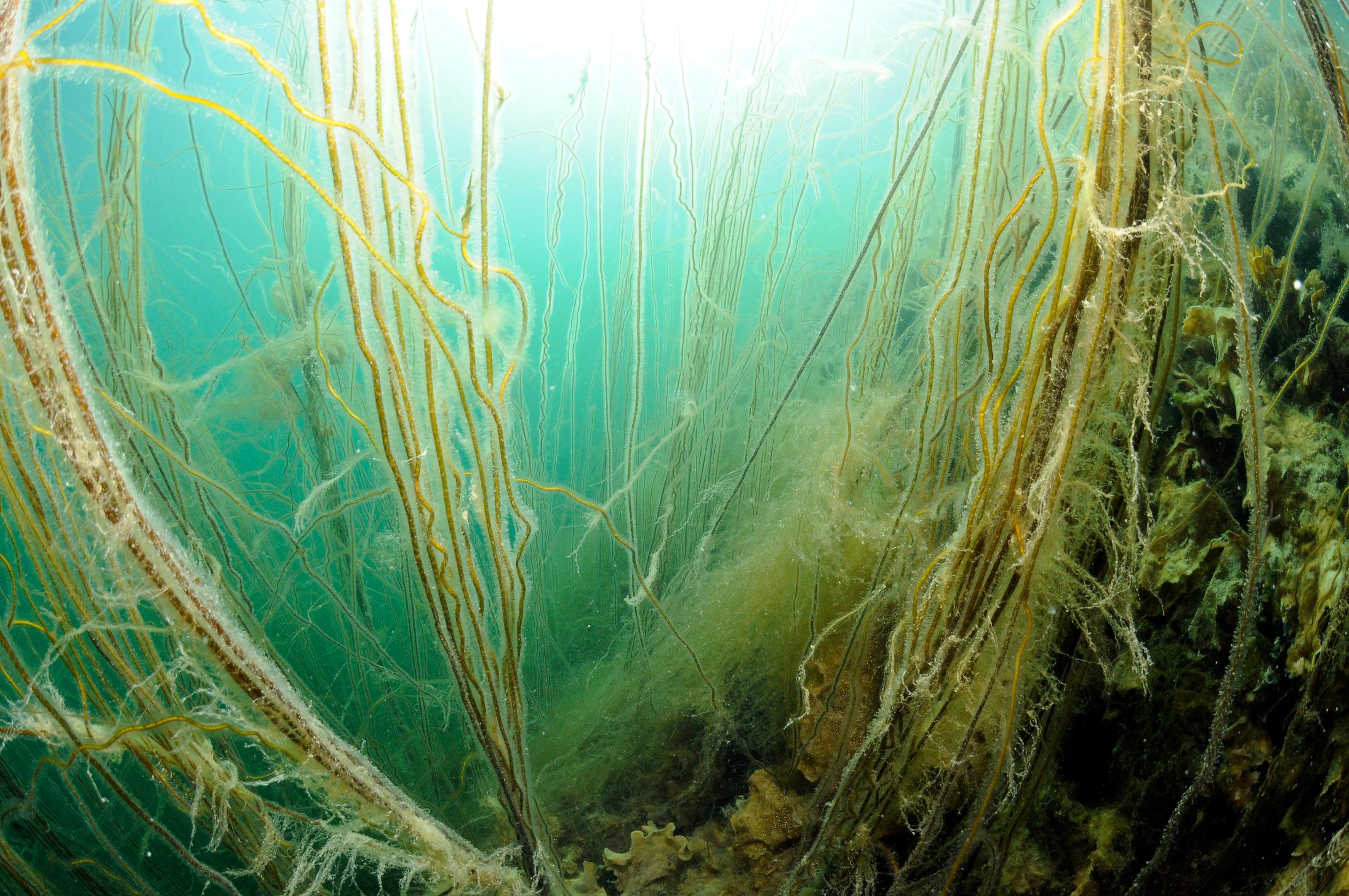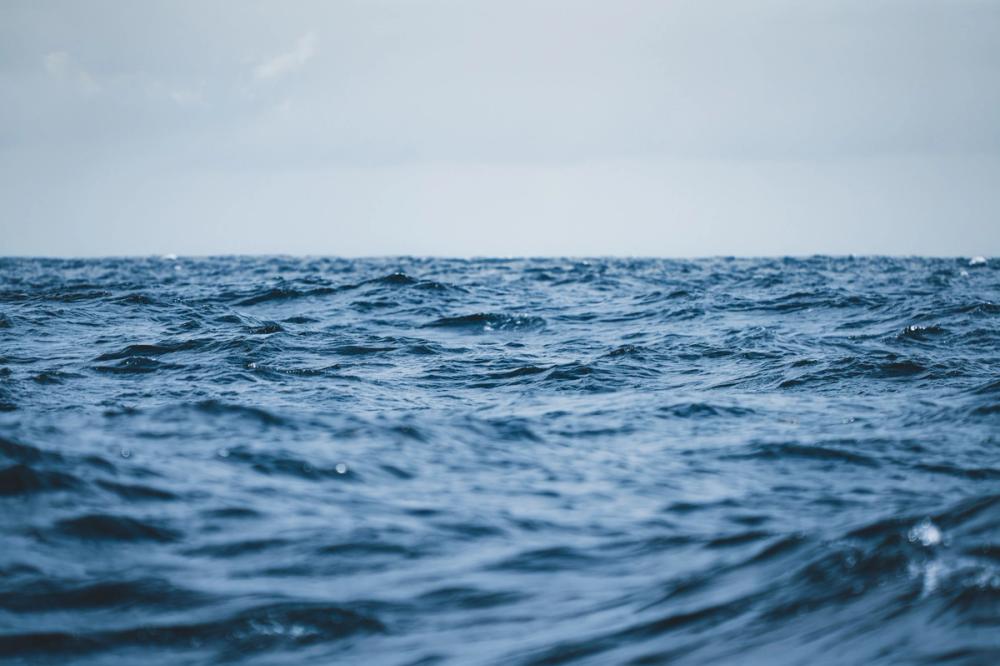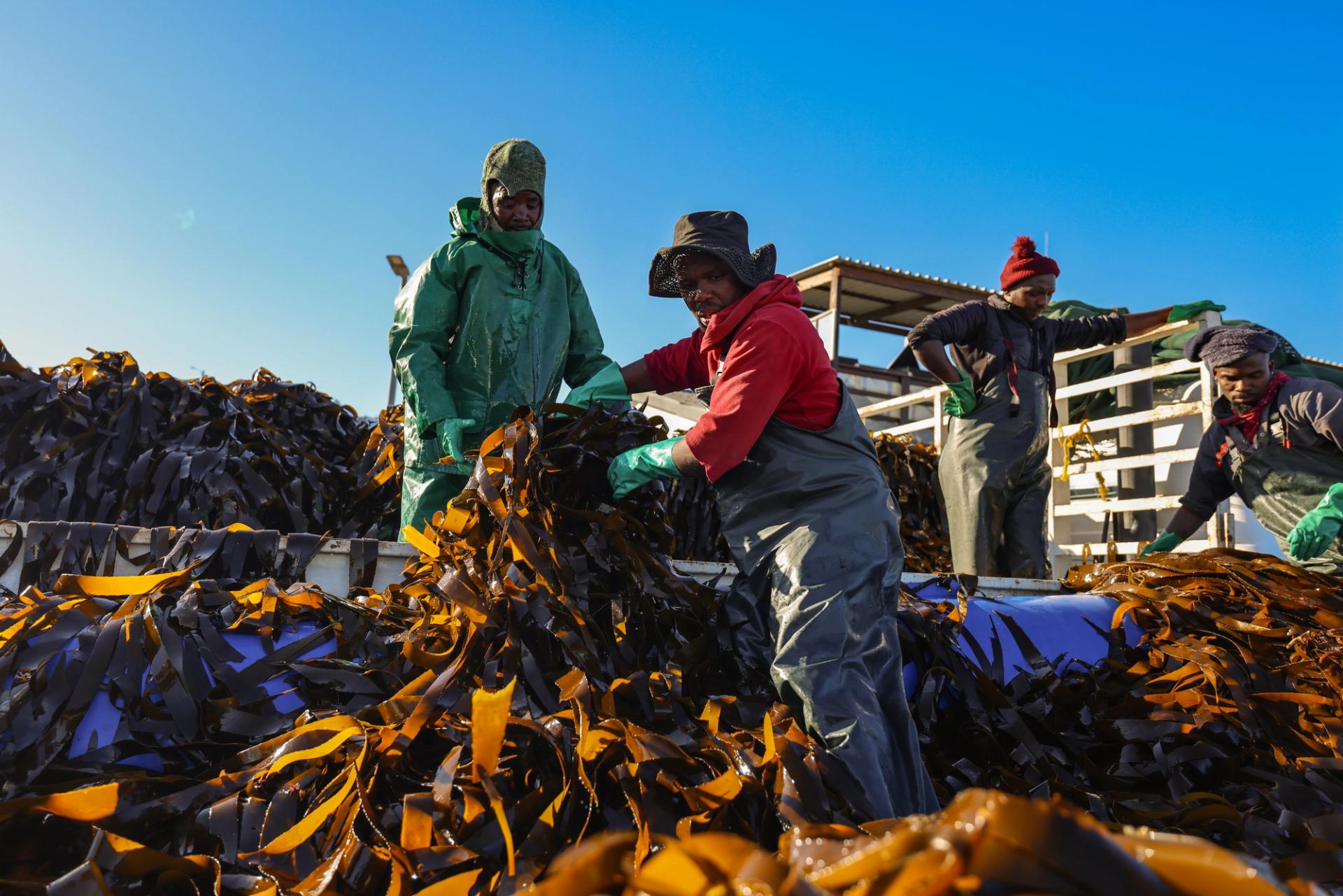
The cutting edge of kelp harvesting: Can it be sustainable?
Curious to explore whether harvesting kelp is the logging of the sea, I journeyed to the chilly waters of Gansbaai, South Africa, to witness firsthand how one local company does it.
Taking a closer look at the small coastal town of Gansbaai in South Africa. Gansbaai is a fishing town and tourist destination, best know for the dense population of white sharks that once roamed these waters.
Here Taurus, a kelp harvesting company, is using science and advanced mapping techniques to guide their activities in a commitment to sustainable extraction. By mapping the kelp forests they are able to estimate biomass and set harvesting limits for each area.
Using a combination of biomass estimates and satellite technology they are able to create a detailed map of the kelp bed, allowing them to calculate the amount of kelp they can harvest at each site. "It's like taking an inventory of the underwater forest," she explained, "ensuring we only harvest a sustainable portion." By carefully analysing the data, they determine the precise amount of kelp that can be harvested before closing off the area to allow for regeneration.
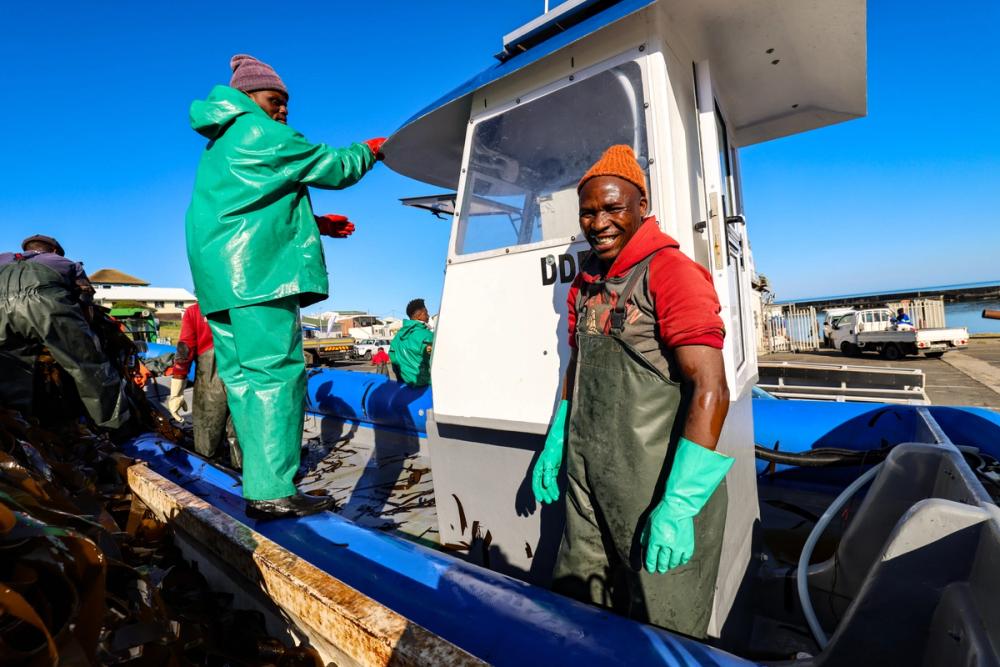
At 8 am, the team from Taurus, a kelp harvesting company committed to sustainable practices, was already at work offloading the first load of kelp for the day. Sedulous in their labor, they didn't mind the early start, knowing that calm, windless days like this at sea are rare. They were eager to make the most of the opportunity to harvest this precious marine resource while the conditions were ideal.
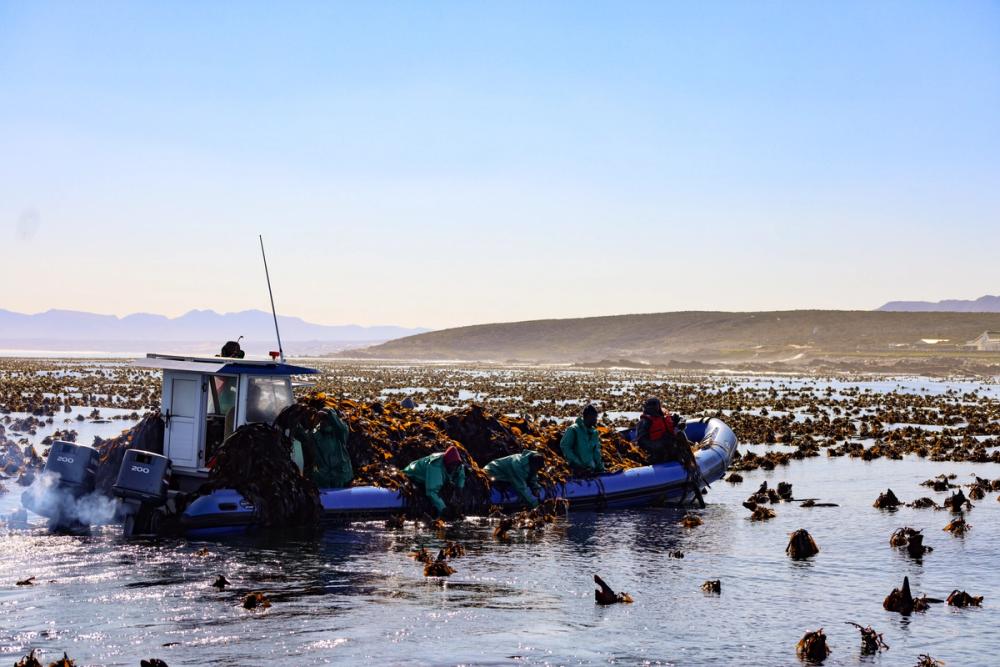
This impressive haul represents just a small fraction of the kelp forest's biomass. The team's 8.5-meter rigid, semi-inflatable zodiac, equipped with twin engines and a solid hull, can transport up to 5 tons of kelp. On a calm day, two zodiacs make two trips each, bringing in a total of 20 tons of kelp. This precious cargo is then loaded onto trucks and divided between the Taurus headquarters and nearby abalone farms.
Our research allows us to determine the exact amount we can take without harming the ecosystem. It's about finding the balance between harvest and preservation.
- Deidre, Taurus
A dense population of Ecklonia maxima (sea bamboo or kelp) makes it's home along the shallow coastline of Gansbaai. It's northern most distribution ends approximately 250 km up the coast at the De Hoop Nature Reserve.
Armed with specialised tools, a team of harvesters cut the kelp fronds by hand, leaving the base intact so the fronds may regrow. Once the harvest quota is reached for an area it is closed off to allow regeneration. Their approach strives to ensure the long-term health of the kelp forest and avoid over-harvesting that has devastated kelp forests across the oceans' temperate latitudes. In Chile and Norway for example, mechanical harvesting removes the whole kelp by tearing it from the seabed, an act of deforestation that requires years of recovery. In California, harvesting kelp by cropping the fronds, supports a multi-million dollar industry of canopy-cropping factory ships that is reported to be sustainable (Steneck et al., 2002).
Knowledge hub
- Kelp forest ecosystems: biodiversity, stability, resilience and futurevisit site
Compared to Taurus’ trimming approach, the kelp forests of California have proved to be highly resilient to this form of harvesting.
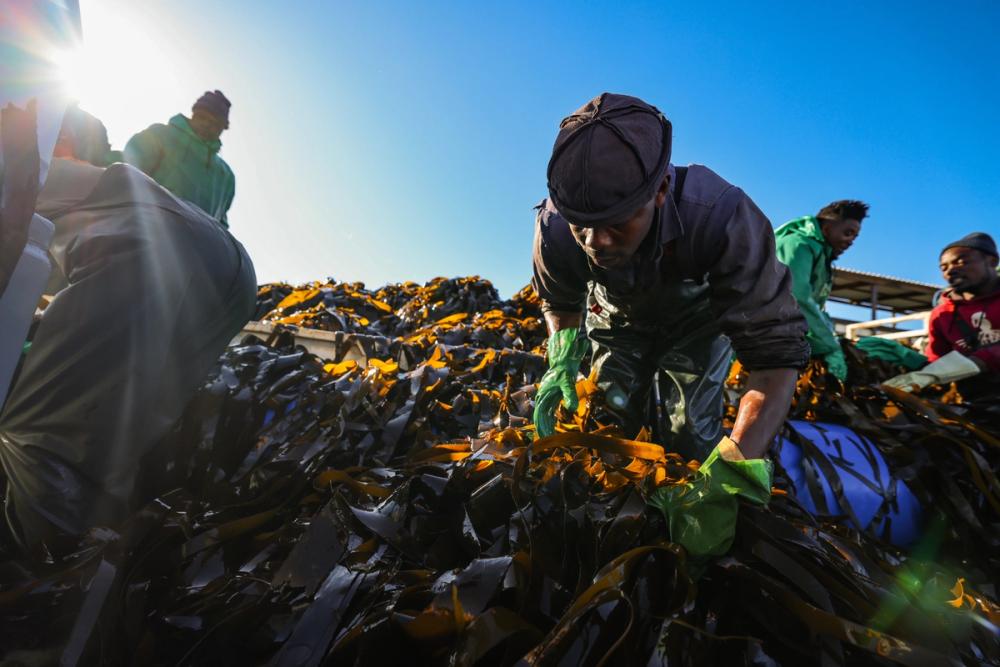
Harvesting kelp can be a physically demanding job. The day doesn't end when the harvest is done. Kelp needs to be offloaded from the boat onto trucks and taken back to the factory for processing or delivery to nearby abalone farm to serve as feed.
Once harvested, the Taurus kelp is destined for Afrikelp, where it is processed and refined into biostimulant. This natural biofertiliser boosts crop growth and reduces reliance on chemical fertilisers, which can harm the environment and deplete soil health. “Kelp is packed with nutrients, growth hormones, and beneficial compounds," Deidre explains. "These biostimulants not only enhance plant growth and yield but also improve stress tolerance, reduce reliance on chemical fertilisers, and promote soil health." It's a win-win situation for farmers and the environment.
Leaving Gansbaai, the image of those swaying kelp forests stayed with me. The harvest I witnessed wasn't about destruction, it was about finding a way to innovative solutions to feed our growing population while protecting the ocean.
The answer to whether kelp harvesting is like logging a rainforest lies in the approach. Taurus and Afrikelp, with their commitment to science, sustainability, and innovation, are testing whether it’s possible to harvest kelp in a profitable, sustainable way without harming the ocean's delicate balance.
Watch the full story:
Share this story
- On the brink
- Threats
